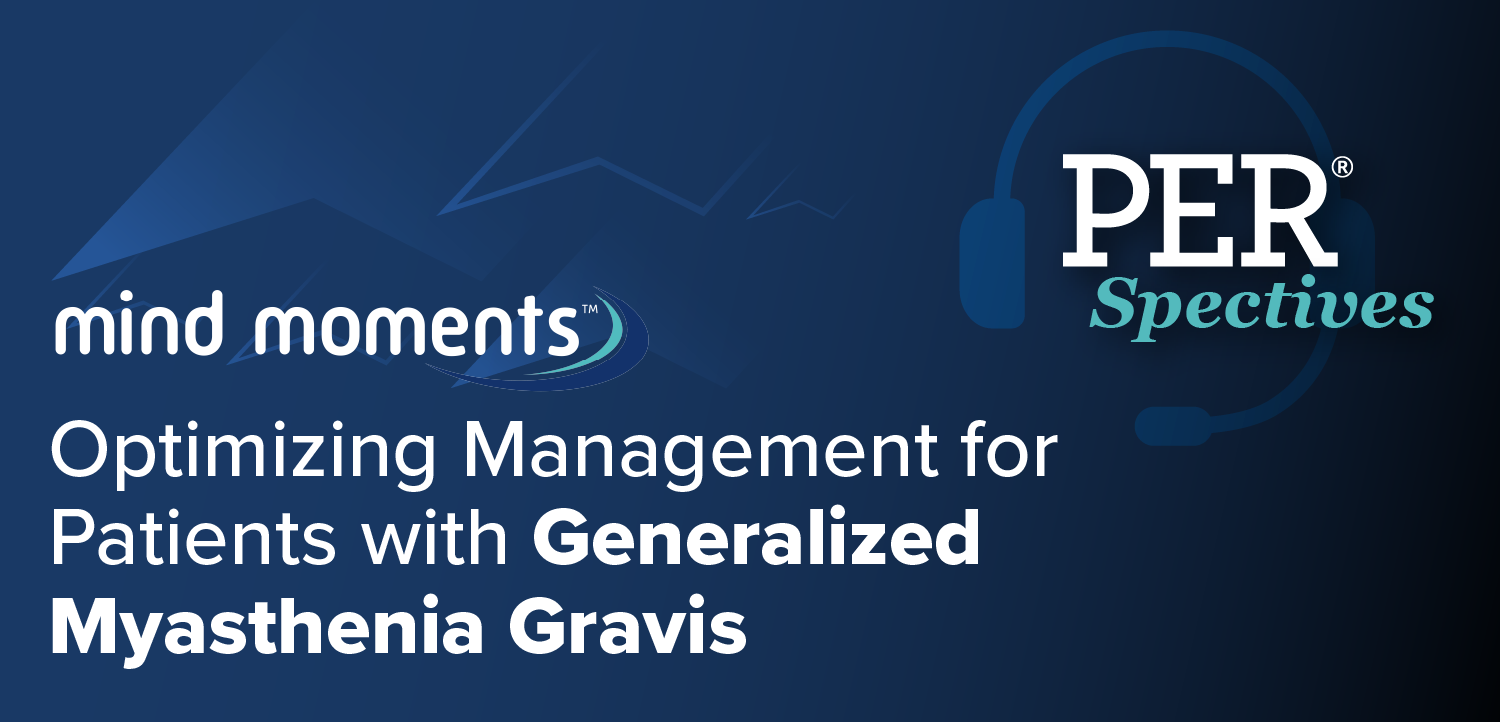Only a small proportion of people living with chronic hepatitis B (CHB) worldwide are receiving timely diagnosis and treatment, and outcomes vary by service delivery model, according to a global systematic review and meta-analysis.
Researchers analyzed 110 cohorts from 50 countries and found substantial attrition across the hepatitis B care cascade. In hospital-based specialist care, 73.9% of patients were assessed for treatment eligibility and 78.1% of those eligible initiated antiviral therapy. In comparison, 50.4% of patients in primary care were assessed for eligibility and 49.3% of those eligible began therapy. Community screening programs that actively linked individuals to specialist care showed the highest therapy initiation rate, with 97.7% of eligible patients starting treatment.
Retention in care was higher among patients on antiviral therapy than those not receiving treatment (87.7% vs 47.2%). Viral suppression was achieved in 73.1% of patients on treatment in hospital-based specialist care after a median of 12 months.
The review included 106 studies published between 2013 and 2024, spanning observational, nonrandomized, and randomized designs. Overall, hospital-based and integrated care models demonstrated stronger performance than primary care approaches. These findings are consistent with the 2024 World Health Organization (WHO) hepatitis B guidelines, which recommend simplified and integrated care models to expand access.
In an email Q&A, Philippa Easterbrook, MD, MPH, FRCP, visiting professor in the Faculty of Medicine at Imperial College London, discussed gaps in the hepatitis B care cascade, the importance of linkage and retention, and how simplified models, guided by the 2024 WHO guidelines, could expand access to treatment worldwide.
On Barriers in Primary Care vs Specialist Care
Contagion: What specific barriers do you think are most responsible for this disparity, and how might they be addressed?
Easterbrook: It is important to be cautious in inferring that hospital-based models are superior to primary care models. To date, there is simply much more experience with hospital-based specialist care models, with still relatively few truly primary care models, which are also more recent.
In the systematic review, we identified 45 such hospital-based models compared with only 6 primary care models, but even fewer had adequate cascade data to allow a robust comparison. Rather, more models have adopted the approach of comanaged care between hospital and primary care, which represents a more realistic shared care approach adopted with other chronic conditions in higher-income settings.
It is recognized that the initial decisions regarding treatment initiation have traditionally required specialist input. The intention with the recent WHO hepatitis B guidelines was that with radical simplification and expansion of the criteria for treatment eligibility, treatment initiation would now be more feasible at the primary care level. That is why the research agenda is so critical, with the need for systematic evaluation of primary care based on shared care models that are accessible, affordable, and sustainable.
The 2024 WHO hepatitis B guidelines also promoted the value of a differentiated care model similar to that adopted with HIV. This means determining which patients are stable and on therapy and can potentially be monitored and managed at the primary care level. Those with more advanced liver disease or comorbidities may require more specialist evaluation and monitoring.
On the Scalability of Community Test-and-Treat Models
Contagion: Community test-and-treat models and integrated services (eg, prison health, harm reduction) showed higher success in some cascade outcomes. Do you believe these models are scalable in low-income settings, or are they context-dependent?
Easterbrook: The most critical step in the care pathway is the linkage to care of those who test hepatitis B surface antigen (HbsAg) positive: to initiate treatment where indicated and to retain these individuals in care. These are the critical metrics of success.
Again, the research agenda is key here to determine what type of models are most appropriate according to epidemiology, health care infrastructure, availability of specialists, publicly funded services vs patient out-of-pocket payment.
Of note, some of the community test-and-treat models were innovative research-based models with dedicated staff and funded diagnostics and treatments, which may not be replicable or sustainable in less well-resourced settings.
On Improving Retention in Care
What You Need To Know
Hospital-based specialist models outperform primary care in hepatitis B diagnosis and treatment initiation, but co-managed and simplified models may close the gap.
Linkage to care and retention remain the most critical steps, with community-based and integrated approaches showing promise but requiring adaptation to local contexts.
The 2024 WHO guidelines expand treatment eligibility and promote simplification, aiming to improve engagement, adherence, and long-term outcomes for people with hepatitis B.
Contagion: What strategies might improve long-term engagement for retention in care for patients not receiving antiviral therapy, especially if they don’t meet current treatment thresholds?
Easterbrook: The new 2024 WHO hepatitis B guideline recommendations simplified and expanded the criteria for treatment to 4 main options. Only one of the 4 options requires access to HBV [hepatitis B virus] DNA testing, which has been considered a major barrier to accessing treatment. Overall, these 4 options mean that a much higher proportion (at least 50%) of all HBsAg-positive people, depending on the region, will now be eligible for treatment compared with about 8%-20% previously.
All those on treatment as well as those not yet meeting treatment criteria should continue to be monitored. Retaining in care those not yet on treatment requires good patient counseling and support to ensure that there is an understanding that the disease course can change and treatment may be required and that ongoing annual monitoring is important. For those initiated on treatment, similar support is required to ensure optimal treatment adherence and monitoring. Again, it is helpful to apply the strategies learned from HIV in achieving high-level retention in care as well as tracking and tracing those lost to follow-up.
On What Simplified Care Looks Like
Contagion: Could you expand on what simplified might look like in practice and whether there are models currently in development that you find promising?
Easterbrook: This is a key question, and the progressive simplification of care for hepatitis B is a work in progress.
We learned from HIV care and the rollout of antiretrovirals the value of the progressive simplification of care pathways, which was made possible with simpler drug regimens (3 drugs in a single tablet) with fewer adverse effects available at low cost that could be delivered by nonspecialist doctors and nurses and at decentralized sites rather than tertiary care hospitals.
This same approach was also adopted with hepatitis C care, where with the new DAA [direct-acting antiviral] curative drugs, same-day testing and treatment could be achieved, again delivered by nonspecialists.
With hepatitis B, we are at a much earlier stage. Health care worker knowledge and training is still limited, and unlike [in] HIV and HCV [hepatitis C virus], not all persons diagnosed with chronic hepatitis B infection need treatment. So there is a need for some critical evaluation of who needs treatment.
Reference
Stockdale AJ, Holt B, Bhadoria AS, et al. Service delivery models and care cascade outcomes for people living with chronic hepatitis B: a global systematic review and meta-analysis. Lancet Gastroenterol Hepatol. Published online August 14, 2025. doi:10.1016/S2468-1253(25)00163-3




























































































































































































































































































